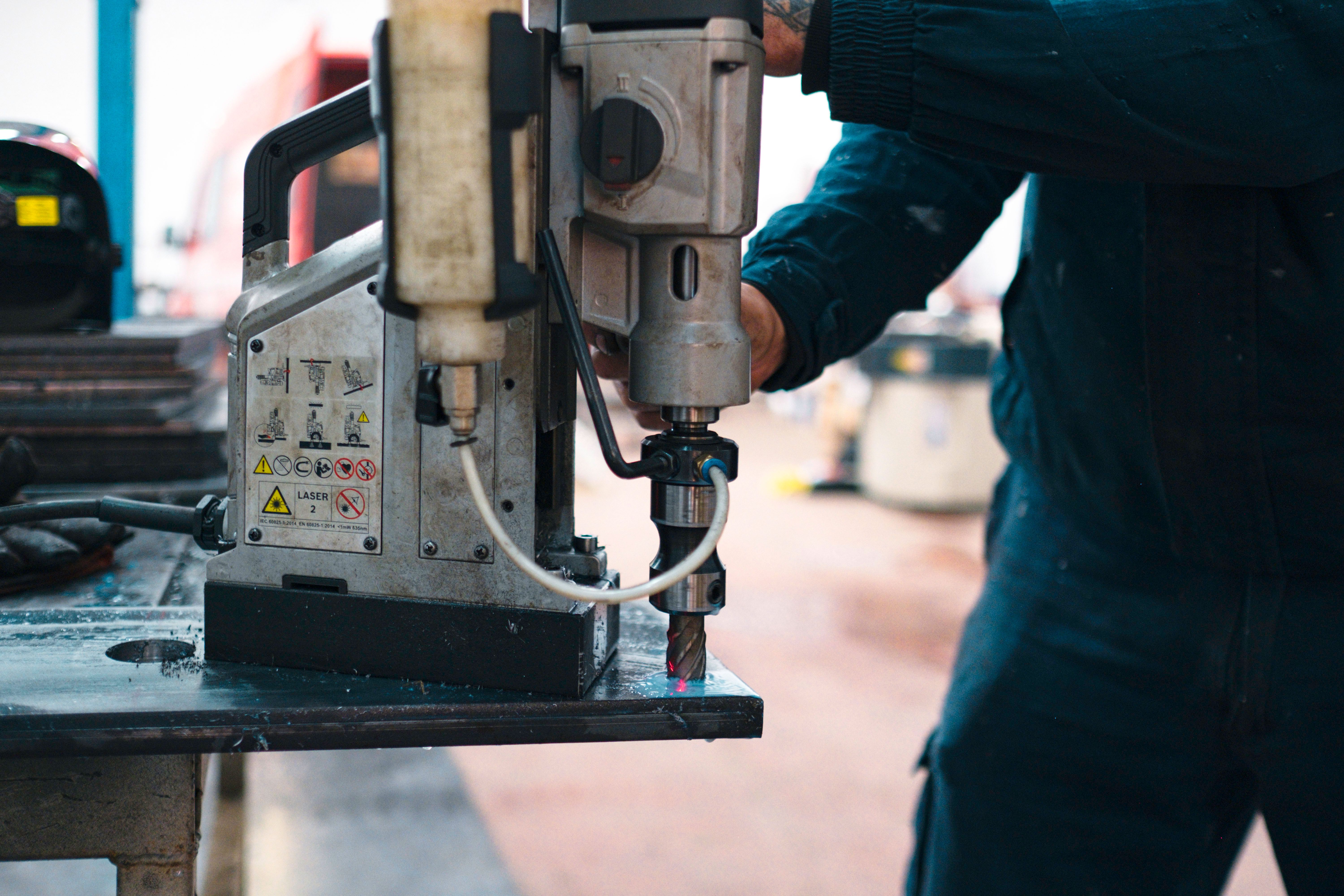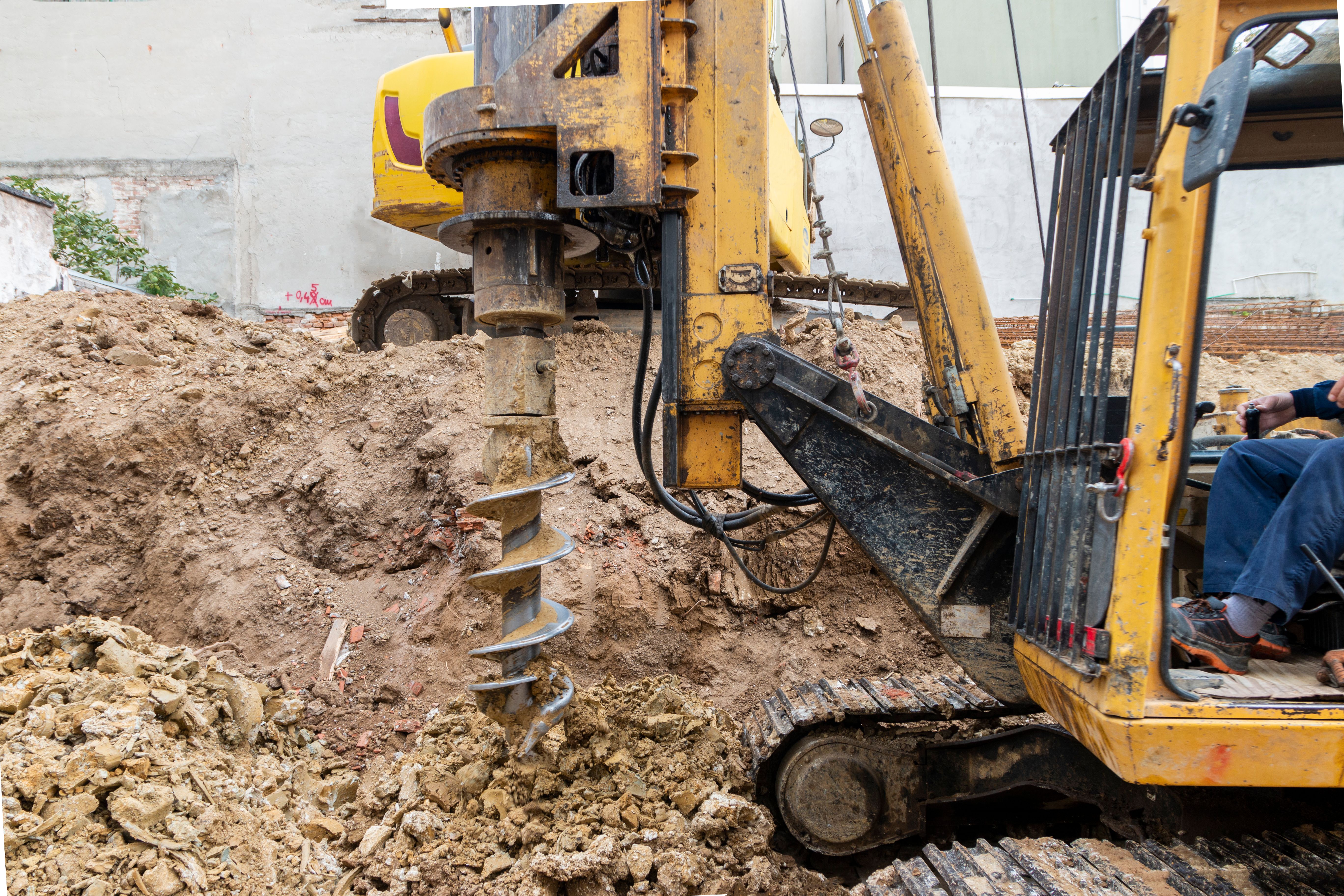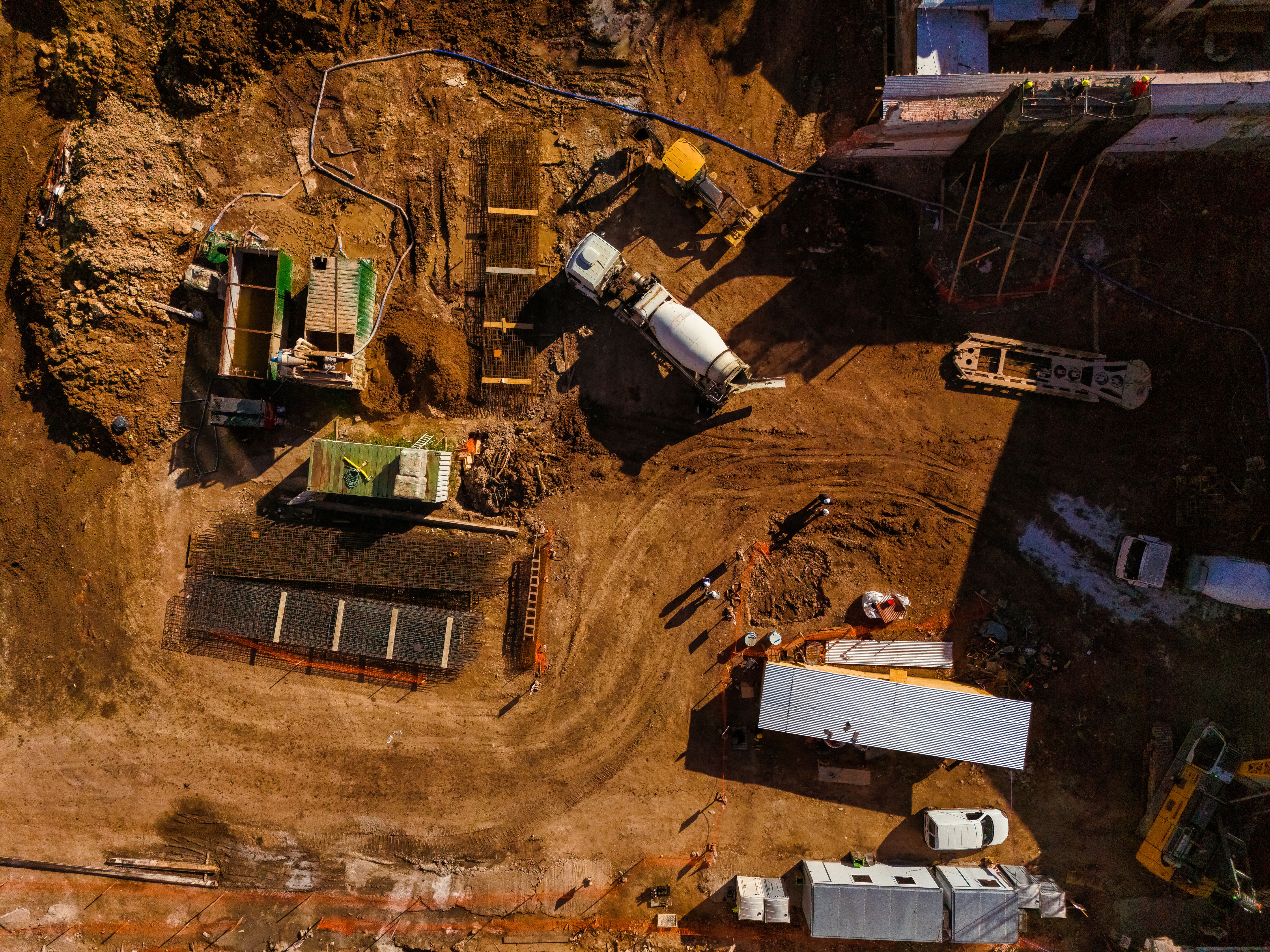مرجع تخصصی دریل مگنت در ایران
RR
In recent years, the demand for specialized tools in various industries has grown significantly. One such tool is the magnetic drill, an essential piece of equipment for metal fabrication and construction projects. In Iran, finding a comprehensive resource for magnetic drills can be challenging, but understanding their features and benefits is crucial for professionals in the field.

Understanding Magnetic Drills
Magnetic drills, often referred to as mag drills, are portable drilling machines used for drilling holes in metal. They consist of a magnetic base, a drill stand, and a motor. The magnetic base allows the drill to attach securely to a steel surface, providing stability and precision during operation. This feature makes them particularly useful for overhead or vertical drilling tasks.
Professionals in the construction and metalworking industries rely on magnetic drills for their versatility and efficiency. They can be used in various applications, including bridge construction, shipbuilding, and structural engineering projects.
Key Features of Magnetic Drills
When selecting a magnetic drill, it is important to consider several key features. These include the drill's power, speed settings, and the size of the magnetic base. A powerful motor ensures that the drill can handle tough materials, while variable speed settings allow for greater control over the drilling process.

The size and strength of the magnetic base are also critical factors. A strong magnetic base provides better stability, reducing the risk of slippage during operation. This is particularly important when working on vertical or inclined surfaces.
Benefits of Using Magnetic Drills
Magnetic drills offer numerous benefits that make them indispensable in many industrial sectors. One of the primary advantages is their portability. Unlike stationary drilling machines, magnetic drills can be easily transported to different job sites, allowing for on-site drilling without the need for heavy equipment.
Another significant benefit is the precision they offer. The magnetic base ensures that the drill remains firmly in place, allowing for accurate drilling with minimal deviation. This precision is crucial in projects where exact measurements are required.

Choosing the Right Magnetic Drill
Selecting the right magnetic drill involves evaluating the specific needs of your project. Consider the material you will be working with, the size of the holes you need to drill, and the working environment. For instance, a project requiring large-diameter holes in thick steel might necessitate a more powerful drill with a larger magnetic base.
Additionally, consider the drill's compatibility with different types of drill bits, such as annular cutters or twist drills. Some models offer quick-change systems for easy swapping of drill bits, enhancing productivity and reducing downtime.
Conclusion
For professionals in Iran seeking a reliable source for magnetic drills, understanding the key features, benefits, and selection criteria is essential. By choosing the right tool, you can ensure precision, efficiency, and safety in your projects. As the demand for specialized tools continues to grow, staying informed about the latest advancements in magnetic drill technology will keep you ahead in the competitive industrial landscape.